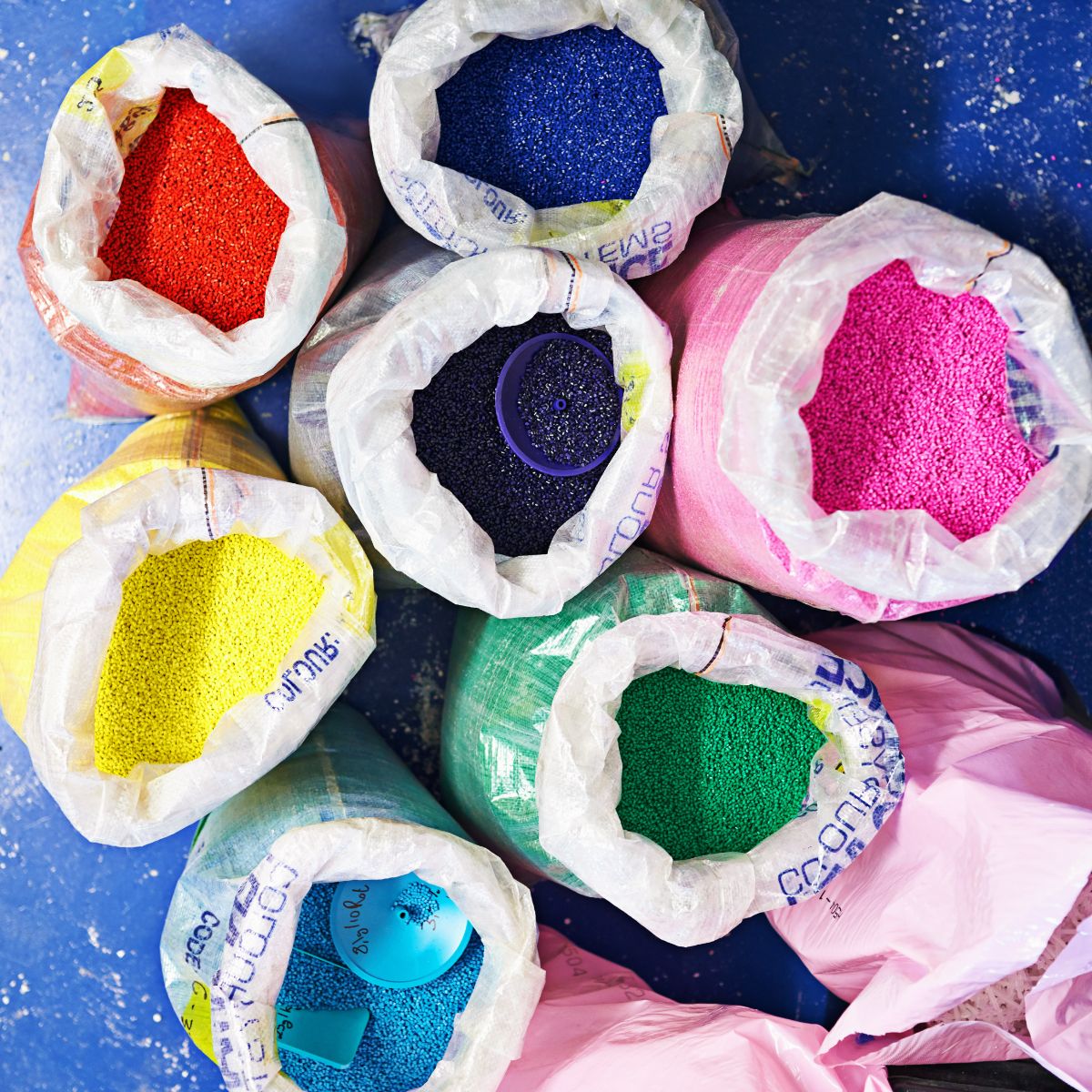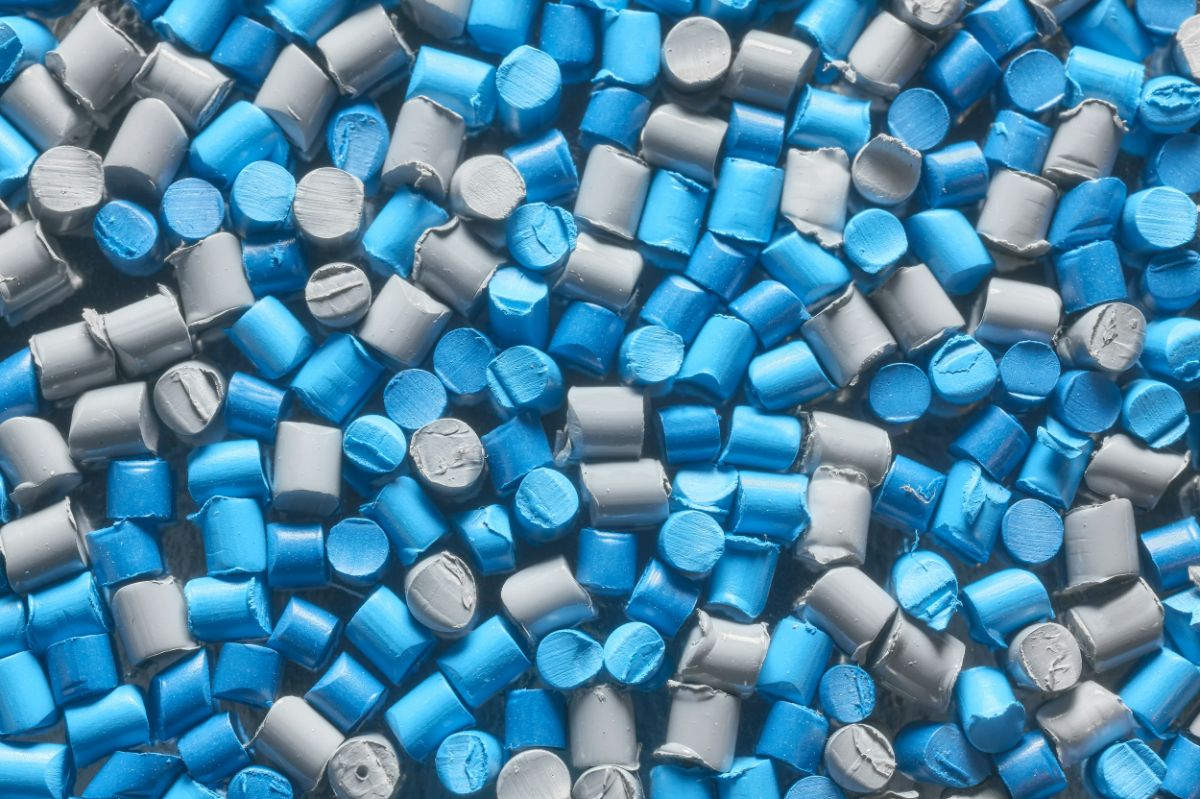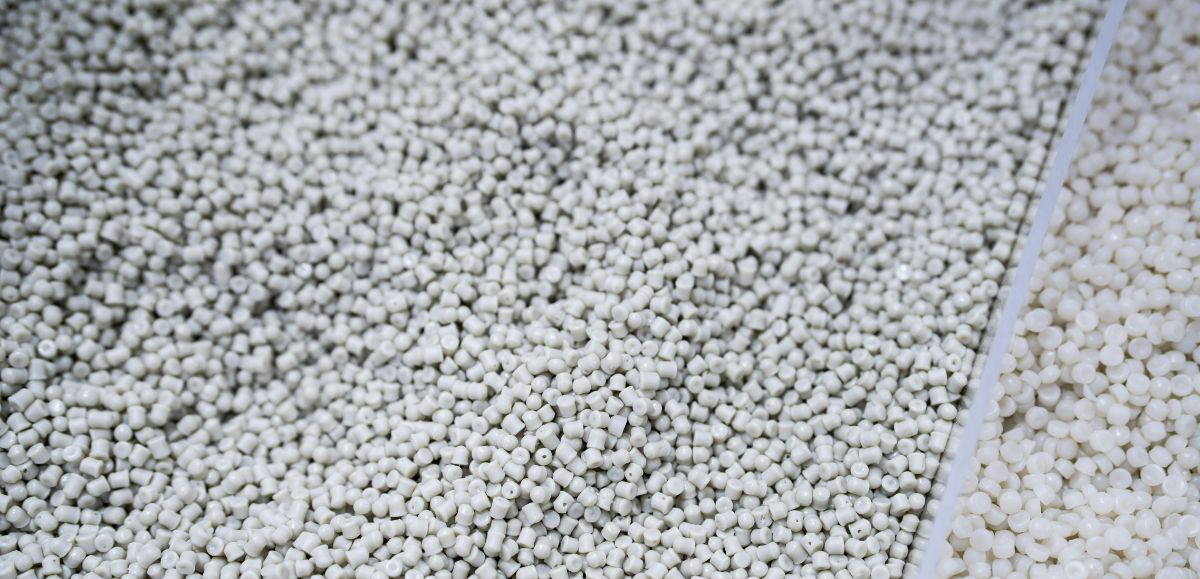November 4, 2023
5 Types of Plastics Used in Car Interiors

Overview
Plastics play a pivotal role in modern car interior design, offering versatility, durability, and cost-efficiency.
Different types of plastics are utilized in car interiors, each with unique properties and applications.
In this blog, we’ll explore the key plastics that shape your car’s interior comfort and functionality.
When you step into a car and settle into the driver’s or passenger’s seat, the materials that surround you play a crucial role in your comfort, safety, and overall driving experience. Plastics, often hidden in plain sight, complete the car interior design.
They provide the flexibility to craft aesthetically pleasing, comfortable, and functional car interiors while ensuring durability and cost-efficiency. In this blog, we’ll take a closer look at the types of plastics used in car interiors and how they enhance the driving experience.
Polyvinyl Chloride, or PVC, is a versatile plastic used in manufacturing various automotive parts and components. It can take on different molding procedures, including injection molding and compression molding. PVC’s flame-retardant properties make it valuable in high-temperature areas of a vehicle, providing safety and durability.
What sets it apart is its ability to be either rigid or flexible, depending on the manufacturing process. This flexibility ensures that PVC can be molded into parts that range from protective covers for electrical wiring to car doors and instrument panels.

One of the workhorses of car interior plastics is Acrylonitrile Butadiene Styrene, commonly known as ABS. This versatile plastic boasts a shiny, rubbery surface that makes it ideal for various automotive applications.
ABS is often found in vehicle dashboards, tire covers, and specific body components. Its impressive resistance to low temperatures and high impact ensures that your car’s interior remains in top shape even in challenging conditions.
Polystyrene, with its flexibility and resistance to a wide range of substances, is a popular choice for car interior components. This transparent plastic is quick to manufacture, making it a go-to option for mass-produced parts, such as car buttons and display screens within various components and instruments.
The transparent nature of polystyrene enhances the visual aesthetics of car interiors, contributing to a modern and sleek look. Furthermore, it plays a significant role in creating a user-friendly and visually appealing experience within the car.

Polyethylene is another plastic that is often used in seat cushions and padding, creating a plush and inviting atmosphere for passengers. Whether you’re embarking on a long road trip or just navigating your daily commute, the softness of polyethylene provides essential support for your comfort.
Additionally, this plastic finds its application in car carpeting, further enhancing the tactile experience within the car. Its contribution to the interior environment ensures that the time spent in your car is as comfortable as possible.
Polycarbonate is one of the toughest plastics available, making it a preferred choice for car interior components that require durability and resilience. Car window controls, often exposed to wear and tear, benefit from its durability. It ensures that these controls remain functional, providing ease of use for passengers.
Polycarbonate’s robust nature extends to the creation of safety equipment, such as driving helmets. These helmets are designed to protect motorists in case of accidents, making use of polycarbonate’s high-strength properties to provide a protective shield while on the road.

Polyurethane, often abbreviated as PU, is another versatile plastic commonly found in car interiors. It is favored for its ability to mimic the look and feel of genuine leather, making it a popular choice for upholstery, steering wheel covers, and armrests.
Polyurethane offers a luxurious appearance and comfortable tactile experience while being more cost-effective than genuine leather. Its durability and resistance to wear and tear ensure that the interior of your car maintains its aesthetic and tactile appeal throughout its lifespan.
Plastics have revolutionized the car interior landscape by offering the perfect blend of aesthetics, functionality, and cost-effectiveness. Understanding the unique properties, applications, and various types of plastics used in car interiors can help you appreciate the thoughtful design and engineering that go into making your car not just a mode of transportation, but a comfortable and enjoyable space.
For precision and quality in plastic injection molding, consider Richfields Corporation, a trusted injection molding company based in China. Our expertise in molding processes ensures the highest standards for automotive components and parts. Explore Richfields for your plastic molding needs and experience excellence in automotive design. If you have any inquiries or require our services, please don’t hesitate to contact us here.